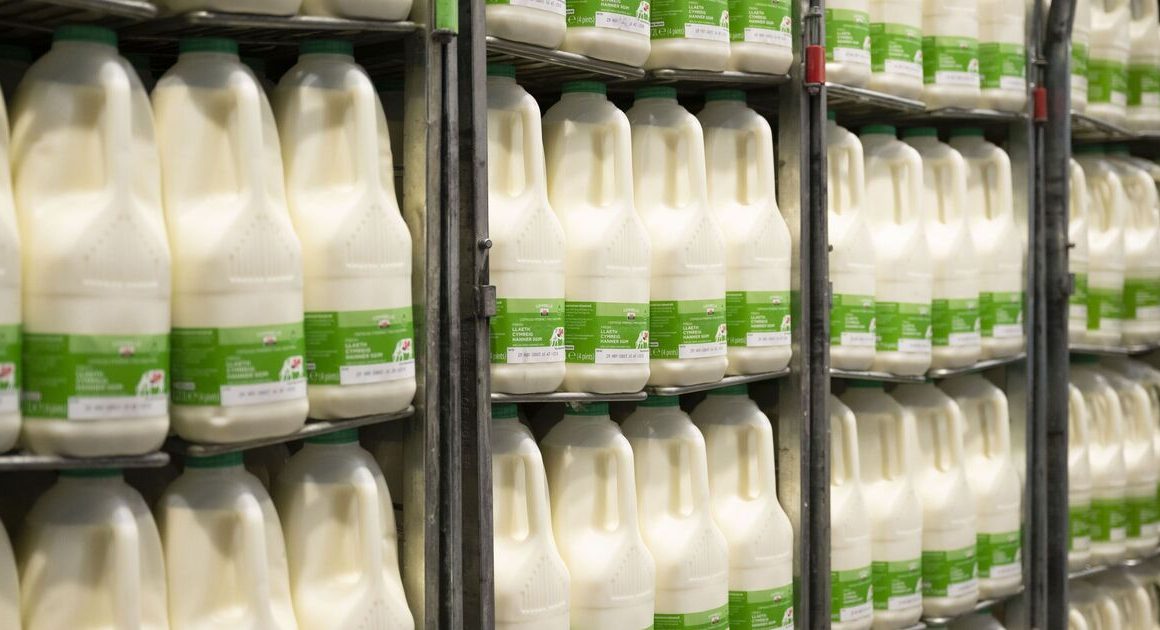Renewable energy production is expanding at an unprecedented pace, led by the rapid rise of solar power, says a new report from the International Energy Agency.
At the same time, the world’s insatiable demand for more energy contributed to an increase in the production of fossil fuels, pushing energy-related carbon emissions to another record high, the report found.
Overall, the IEA’s annual report, released today, found that the world remains on pace for a peak in demand for all coal, oil and natural gas before 2030, driven in part by growth in electric vehicles.
“In energy history, we’ve witnessed the age of coal and the age of oil,” said Fatih Birol, the IEA’s executive director.
“We’re now moving at speed into the age of electricity, which will define the global energy system going forward and increasingly be based on clean sources of electricity.”
Birol said the growth in energy production overall could help drive down prices, “providing some relief for consumers that have been hit hard by price spikes.” It could also lead to a “glut” of natural gas supply from countries including Canada, he said.
Solar a driving force
Solar, wind and nuclear power are all set to rise in the coming years, but the projections for solar stand out.
Over the past five years, annual solar capacity additions quadrupled to 425 gigawatts, and solar is expected to become an ever-more important part of the global energy mix.
Parallel advances in battery storage should help with this transition. According to the report, battery storage is “poised to provide the lion’s share of energy storage expansion in support of the target to triple renewables capacity by 2030.”
Dave Jones, a director at the energy think tank Ember who reviewed the report, said solar and batteries are “stealing the show.”
Still, given the increased demand for energy, “fast renewables growth doesn’t translate to fast falls in CO2 emissions,” Jones said.
“Renewable growth is creating an energy abundance, but this will only translate into a substantive fall in CO2 emissions if there is simultaneously a strong focus on using energy as wastelessly as possible.”

China leading the way (in all directions)
The report singles out China as a leader in the production of renewable energy and, at the same time, a driving force in the persistent production of fossil fuels, including coal.
The country is the global leader in clean technology, including solar, wind, hydro and nuclear power, but it has also seen coal-fired power increase by over 20 per cent and natural gas by 40 per cent over the last five years, according to the report.
“Whether it’s investment, fossil fuel demand, electricity consumption, deployment of renewables, the market for EVs, or clean technology manufacturing, we are now in a world where almost every energy story is essentially a China story,” Birol said.
Overall, the report sees China as moving quickly toward reducing emissions and further increasing renewable energy capacity.
According to the report, China already accounts for half the world’s electric cars on the road, and by 2030, it’s projected that 70 per cent of new car sales in China will be electric.
Birol said that by the early 2030s — less than a decade from now — China’s solar power generation could exceed the total electricity demand of the United States today.
As sea levels, carbon dioxide amounts and surface temperatures rise, top climate scientists say the ‘vital signs’ of the earth are not looking good. But there are a few signs of hope, too.
Emissions not dropping quickly enough
Global emissions are expected to peak soon based on today’s policies, but not quickly enough to meet climate goals.
The planet is on course for a rise of 2.4 C in global average temperatures by the end of the century, well above the Paris Agreement goal of limiting global warming to 1.5 C, according to the report.
The report said countries, including Canada, will need to step up investments in clean energy transitions and steer away from fossil fuel subsidies.
Birol said “government policies and consumer choices will have huge consequences for the future of the energy sector and for tackling climate change.”










